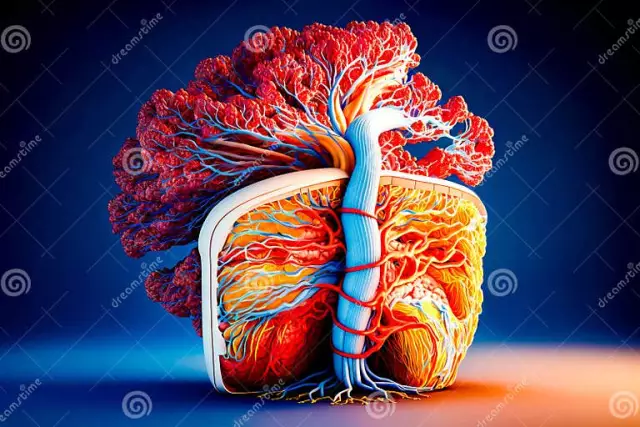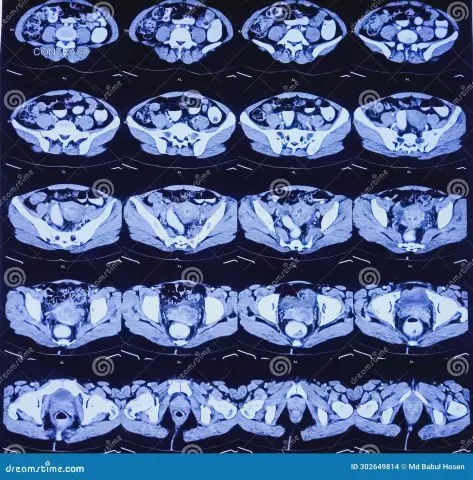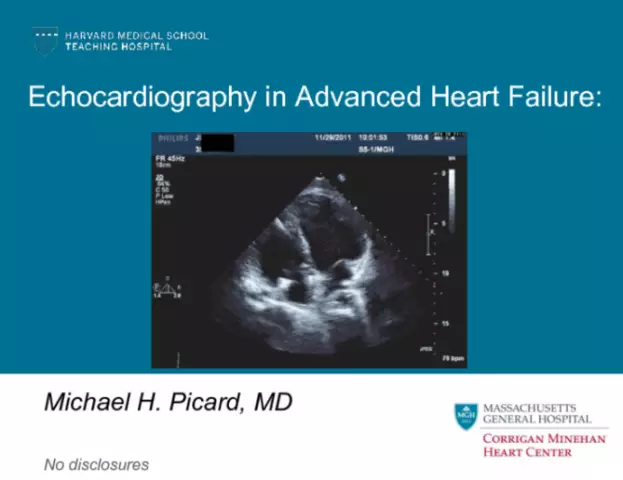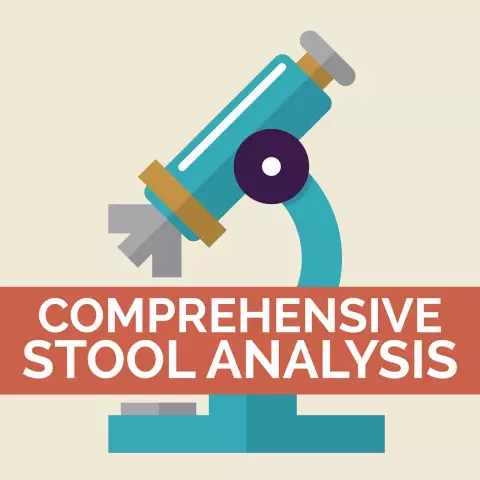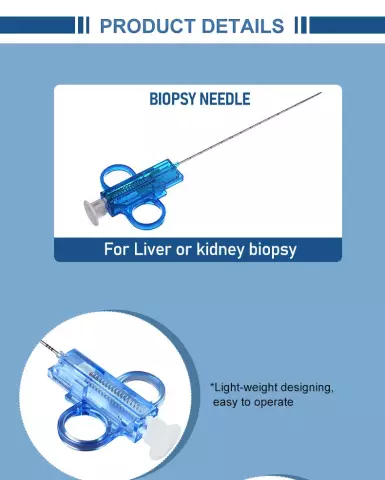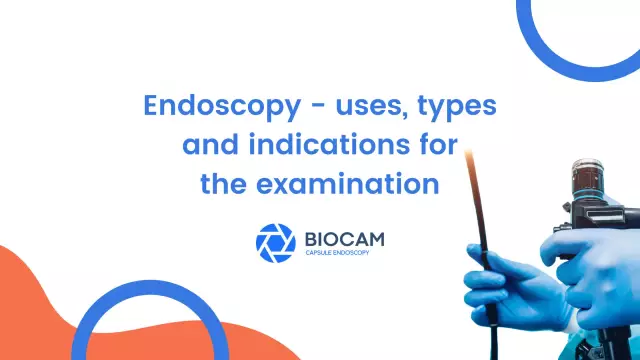Diagnostic methods
Last modified: 2025-11-02 20:11
A biochemical blood test differs from other types of tests in the most accurate diagnostic results. With the help of such an analysis, you can get reliable information about the state of internal organs and body systems
Last modified: 2025-11-02 20:11
Cardiography is a collection of various methods for diagnosing the cardiovascular system. Indications for cardiography are high blood pressure, diabetes, shortness of breath, swelling of the legs, discomfort and pain in the heart, chest, neck and back
Last modified: 2025-11-02 20:11
Oncocytology - a method of microscopic examination of cells of the cervix and cervical canal
Last modified: 2025-11-02 20:11
Cordocentesis is a diagnostic method used in prenatal medicine, in which fetal blood is taken with the help of a special needle for its examination. Using this method, you can identify various chromosomal and hereditary diseases
Last modified: 2025-11-02 20:11
Rheoencephalography is a method for examining the vessels of the brain used to identify various diseases and pathologies. Rheoencephalography allows you to obtain objective information about the elasticity of the walls of the vessels of the brain, the value of pulse blood filling and peripheral vascular resistance
Last modified: 2025-11-02 20:11
A blood test is carried out to accurately diagnose diseases of the internal organs and the body as a whole. The results of such a study are very important for the correct diagnosis
Last modified: 2025-11-02 20:11
Spirometry is a study carried out to diagnose the condition of the lungs and the entire respiratory system. It can be used to measure the volume of the lungs and the rate of air flow during breathing. In addition, spirometry makes it possible to identify lung diseases and some pathologies of the cardiovascular system
Last modified: 2025-11-02 20:11
Cytological research is used in medicine to study the structural features of cells. The results of such a study are used to determine the malignancy of the taken cells
Last modified: 2025-11-02 20:11
Cystoscopy is a procedure used in urology to examine the inside of the bladder. To carry it out, a special optical instrument is used - a cystoscope, made in the form of a long metal tube with a video camera and a light source at the end
Last modified: 2025-11-02 20:11
Echocardiography is a method of ultrasound diagnostics of the heart and heart valves. This method allows you to diagnose at an early stage cardiological diseases, neoplasms and other pathological changes in the heart
Last modified: 2025-11-02 20:11
Stool analysis is a chemical, physical, and microscopic examination of stool under laboratory conditions. The results of such a study make it possible to diagnose various diseases of the gastrointestinal tract, liver, pancreas, and also identify worms in the intestines
Last modified: 2025-11-02 20:11
Impedance measurement is a set of procedures that makes it possible to assess the condition of the middle ear and eardrum, which are responsible for the transmission of sound vibrations. Impedansometry can detect diseases of the middle ear and auditory nerve
Last modified: 2025-11-02 20:11
A cervical biopsy is a diagnostic procedure in which material is taken from the surface of the cervix for histological examination
Last modified: 2025-11-02 20:11
Endoscopy is a diagnostic procedure used to examine internal organs using a special soft tube, at the end of which a micro video camera and a lighting device are attached


